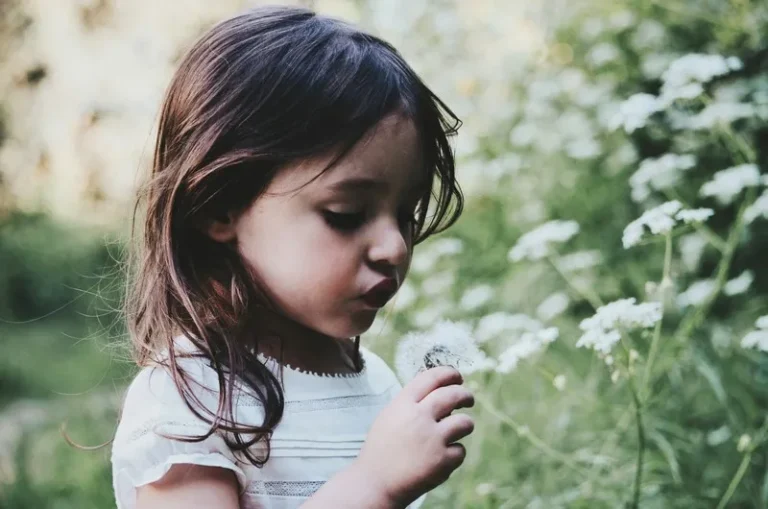Table of Contents
- Introduction
- The Social Construction of Childhood
- Consumerism and the Construction of Childhood Desires
- The Symbolism of Santa Claus
- Christmas, Childhood, and Social Inequality
- Christmas Rituals and the Emotional Labour of Parents
- Conclusion
Introduction
Christmas, for many people, evokes memories of warmth, magic, and excitement—especially in the context of childhood. The festive season is often associated with gift-giving, family gatherings, and a specific type of enchantment that makes it a central cultural event in many societies. But beyond its surface-level charm, Christmas serves as a complex sociocultural phenomenon that significantly shapes the construction of childhood in the modern world. Sociologists have long been interested in the ways that cultural events, rituals, and traditions influence identity formation, social norms, and the passage from childhood to adulthood. This article explores the sociological dimensions of Christmas, focusing on how it helps to construct meanings of childhood in contemporary society.
The Social Construction of Childhood
Childhood as a Cultural Concept
To understand the significance of Christmas in relation to childhood, it is essential to consider the idea that childhood is socially constructed. The concept of childhood is not universal or timeless; rather, it changes based on historical, cultural, and social contexts. In Western societies, childhood is typically idealized as a period of innocence, play, and learning—a stark contrast to the perceived responsibilities of adulthood. Christmas, in this context, plays a critical role in shaping and reinforcing this idealized image of childhood.
The imagery of Santa Claus, elves, reindeer, and the North Pole promotes a fantasy that is often marketed explicitly to children. Media representations of Christmas also cater to the ideal of childhood as a time of wonder and innocence. Films, books, and advertising during the Christmas season project the idea of childhood as pure, joyful, and centred on magical experiences. These cultural products work collectively to establish what it means to be a child, especially during the festive period.
The Role of Family in Constructing Christmas
Family rituals and traditions are integral to the social construction of childhood, and Christmas is a quintessential family event. Many families have annual rituals that centre on children, such as decorating the Christmas tree, writing letters to Santa, or leaving out cookies and milk on Christmas Eve. These rituals are laden with symbolic meaning. They reinforce familial bonds, create shared memories, and establish the home as a primary site of childhood experiences.
From a sociological perspective, family traditions also serve as mechanisms for socializing children into culturally specific practices. Parents often become the facilitators of Christmas magic, carefully constructing an environment where children can experience the “wonder” of the season. This not only strengthens the bond between parents and children but also perpetuates the notion that childhood is a period of enchantment, safeguarded from the harsher realities of life.
Consumerism and the Construction of Childhood Desires
The Commodification of Christmas
Christmas is also inextricably linked to consumer culture, which plays a vital role in shaping childhood desires and expectations. The holiday is characterized by its heavy focus on gift-giving, with children often positioned as the primary recipients of these gifts. The commodification of Christmas, in which desires are met through consumption, is deeply ingrained in the way children experience the holiday.
Toy companies and advertisers target children directly, creating a link between happiness, excitement, and the accumulation of material goods. The so-called “Christmas wish list” becomes a ritual through which children express their desires, often shaped by commercial advertisements. This practice is an important means of socializing children into consumer culture, teaching them to equate happiness with material acquisition.
However, consumerism during Christmas also involves the participation of parents, who are often positioned as facilitators of their children’s happiness. This dynamic can create a complex interplay of expectations and anxieties within families—parents may feel pressured to fulfil their children’s desires to meet the cultural ideals of a “perfect Christmas.” In this way, consumerism shapes not only childhood experiences but also the expectations placed upon parents.
The Ethics of Gift-Giving
The ritual of gift-giving during Christmas also reflects broader societal values and norms related to childhood. The idea that children should receive gifts simply by virtue of being children reinforces the notion that childhood is a time of dependency and reward. The value of these gifts is often equated with the value placed on the child, reflecting and reinforcing social expectations.
Gift-giving is often framed by the narrative of “being good,” as exemplified by the popular Santa Claus myth, wherein children are told that they will only receive gifts if they have behaved well throughout the year. This narrative ties moral behaviour to material rewards, subtly socializing children into a system of exchange where compliance and “good” conduct are met with external validation. From a sociological perspective, this serves to normalize transactional relationships and social control from an early age.
The Symbolism of Santa Claus
Santa Claus as a Cultural Symbol
Santa Claus is one of the most iconic figures associated with Christmas, especially in relation to childhood. He is often depicted as a benevolent, omniscient figure who rewards children based on their behaviour. The figure of Santa Claus is a cultural construction that embodies societal values, including generosity, morality, and the magic of childhood.
The belief in Santa Claus represents a period in a child’s life where reality and fantasy are not yet clearly distinguished. This is often considered a hallmark of early childhood—a time when children are encouraged to engage in imaginative play. The gradual realization that Santa Claus is a myth serves as a rite of passage, marking the transition from early childhood to a more rational understanding of the world. This transition is significant in that it represents the beginning of a child’s movement away from the world of fantasy that is so strongly associated with the idealized version of childhood.
Parental Involvement in the Santa Myth
Parents play a key role in maintaining the myth of Santa Claus, acting as cultural agents who reproduce this tradition year after year. The elaborate efforts made by parents to “prove” the existence of Santa—such as leaving footprints by the fireplace or half-eaten cookies—demonstrate the extent to which adults are complicit in constructing a particular version of childhood that is characterized by wonder and magic.
The decision of when and how to reveal the truth about Santa Claus is also a moment laden with cultural meaning. It often represents a negotiation between the desire to prolong a child’s innocence and the recognition that children must eventually come to terms with reality. In this way, Santa Claus serves as a cultural tool through which adults both construct and regulate the boundaries of childhood.
Christmas, Childhood, and Social Inequality
Get the full article AD FREE. Join now for full access to all premium articles.
View Plans & Subscribe Already a member? Log in.






